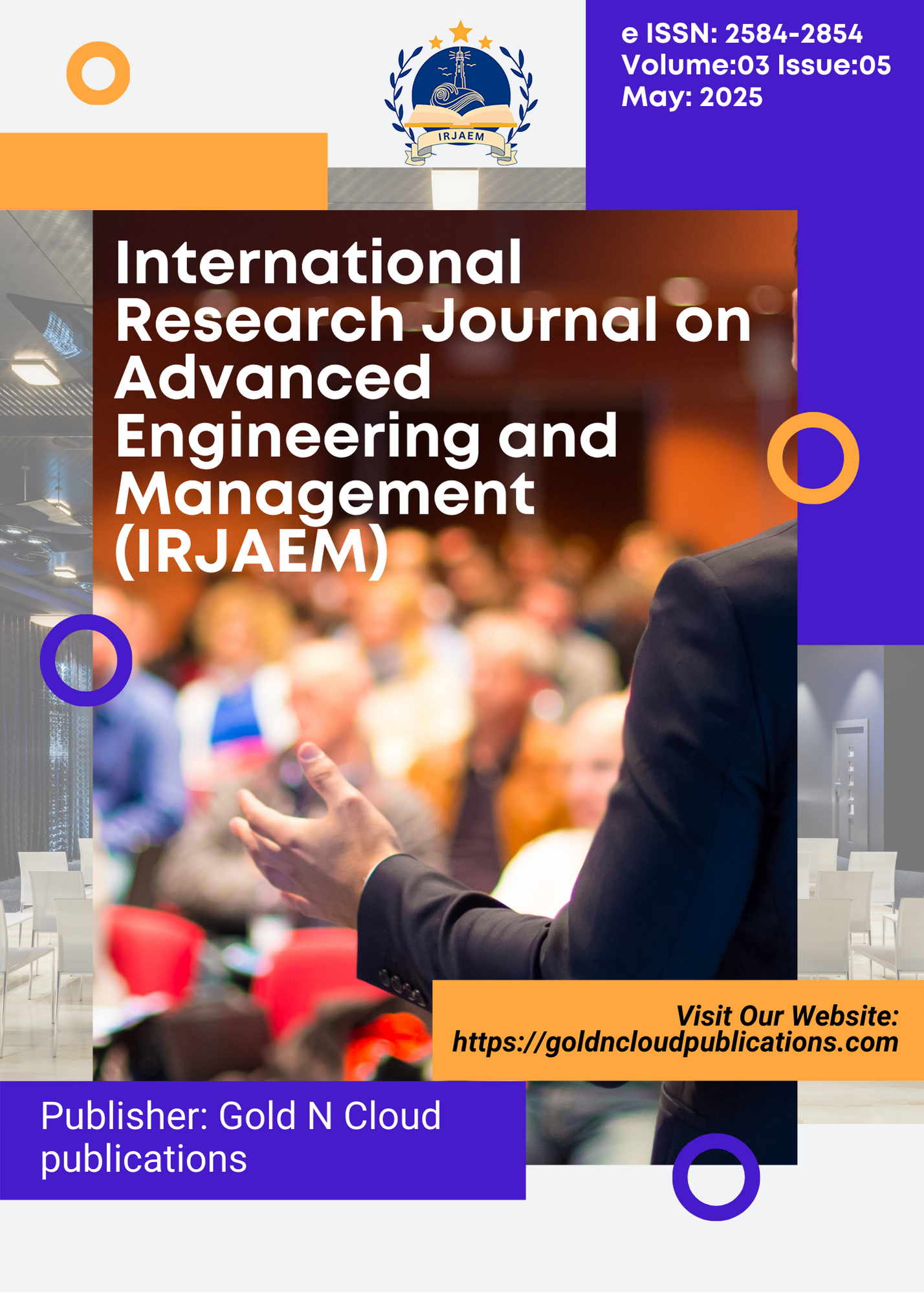A Deep Learning Model for Crime Intention Analysis
DOI:
https://doi.org/10.47392/IRJAEM.2025.0334Keywords:
Deep Learning, Crime Intention Analysis, Convolutional Neural Networks (CNNs), Suspicious Activity Detection, Abnormal Behavior Detection, Open-source Innovation, Intelligent Surveillance SystemsAbstract
The “A Deep Learning Model for Crime Intention Analysis” project presents an intelligent surveillance system designed to enhance public safety through real-time video analysis. Traditional surveillance systems often suffer from delayed response times and heavy reliance on manual monitoring, leading to missed threats and inefficiencies. To overcome these limitations, the proposed model integrates deep learning and computer vision to automatically detect and classify suspicious human behaviors in various public and private environments such as airports, banks, and educational institutions. The system utilizes Convolutional Neural Networks (CNNs) for feature extraction and YOLO-based object detection to identify individuals and objects from CCTV feeds. Activities are categorized as normal, suspicious, or threatening, with further contextual analysis to evaluate potential threats. If a threat is confirmed, the system generates real-time alerts with snapshots, timestamps, and activity classification, delivered via Telegram notifications. A user-friendly GUI built using Tkinter allows easy interaction, video uploads, and monitoring of alerts. The model has been tested on sample datasets simulating various activities and has demonstrated timely and accurate threat identification. With its continuous learning capability and adaptability to diverse environments, the system offers a scalable, automated solution for proactive threat detection. This project contributes to the field of intelligent video surveillance by minimizing human intervention, enhancing response times, and providing a robust framework for real-world security applications.
Downloads
Downloads
Published
Issue
Section
License
Copyright (c) 2025 International Research Journal on Advanced Engineering and Management (IRJAEM)

This work is licensed under a Creative Commons Attribution-NonCommercial 4.0 International License.


 .
. 